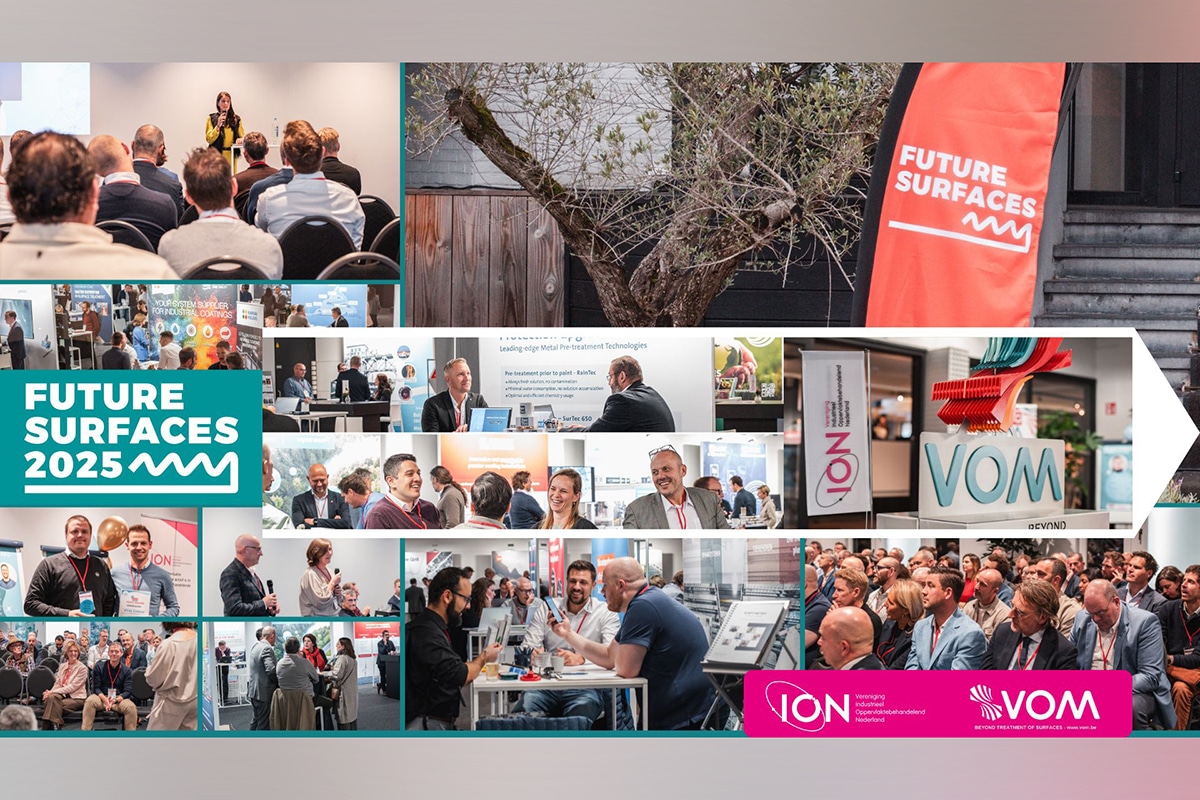
Concrete & Steel in legal perspective
In Concrete & Steel Construction 3 of 2023, I wrote about the interlocutory judgment of the District Court of Northern Netherlands (ECLI:NL:RBNNE:2023:1083), with respect to the office building of the Rijn and IJssel Water Board with a bulb plate floor, where the discussion revolved around the question of whether there was a serious defect/collapse risk. The court ruled that the client had not (yet) shown that there was such a serious defect. So that was positive for the contractor. However, the court also ruled that with respect to the question of whether there was a serious defect, it needed an independent and impartial expert opinion. And so that posed a risk for the contractor. Because if that independent expert opinion would reveal that there was a serious defect after all, the contractor would still be liable. The contractor therefore appealed and argued that the Water Board had not fulfilled its obligation to prove the existence of a serious defect. Successfully, as the Arnhem - Leeuwarden Court of Appeal rejected the client's claims in a judgment dated January 21, 2025, ECLI:NL:GHARL:2025:186.
The Court indicates in its judgment that the decisive question is whether the Water Board has argued sufficiently for the conclusion that there is a serious defect. The appeal to the guarantee provided by the contractor is not considered relevant by the Court in that context. It has not been substantiated that this guarantee was breached, if only because it has remained undisputed that there was no question of - in short - a bad badge or a project-specific error in execution.
With respect to the evidence, the Court of Appeal very aptly speaks of a "battle of the experts. On one side the experts of the client (led by ABT) and on the other side the experts of the contractor (Pieters Bouwtechniek). In particular, the contractor's defense that the construction chosen in 2008 was in accordance with the then prevailing insights (a so-called 'state-of-the-art' defense) is of importance. The issue in this position is whether the chosen construction is sufficiently safe in itself, in the sense that there was no serious defect. This was not sufficiently clear to the court at first instance, for the sake of which it ordered an expert opinion. The Court focused more on the fact that it was up to the Water Board to prove that there was a serious defect. Pursuant to Section 28 (2) (b) of the applicable UAV-GC 2005, there must then be a danger of collapse or unsuitability for the purpose.
A real danger of collapse of the currently unused part of the building is not yet established at the intended load, according to the Court. Moreover, there is no such load in practice. At the hearing the Water Board stated that with the measures taken any possible danger of collapse has been eliminated. That the building is unfit for its purpose has, in the opinion of the Court of Appeal, not been sufficiently substantiated. The Court notes that the building is not being used only temporarily, but has been in use since 2008 and that it has not been argued that this use - even after 2017 - is not in accordance with the purpose for which the building was built. It may be true that several dozen workstations are not in use and some floorboards are understamped, but that alone does not justify the conclusion that the building is unfit for the purpose for which it was intended. The Court therefore concludes that not enough has been alleged, to justify the conclusion that there is a serious defect. The client's claims are therefore dismissed.




